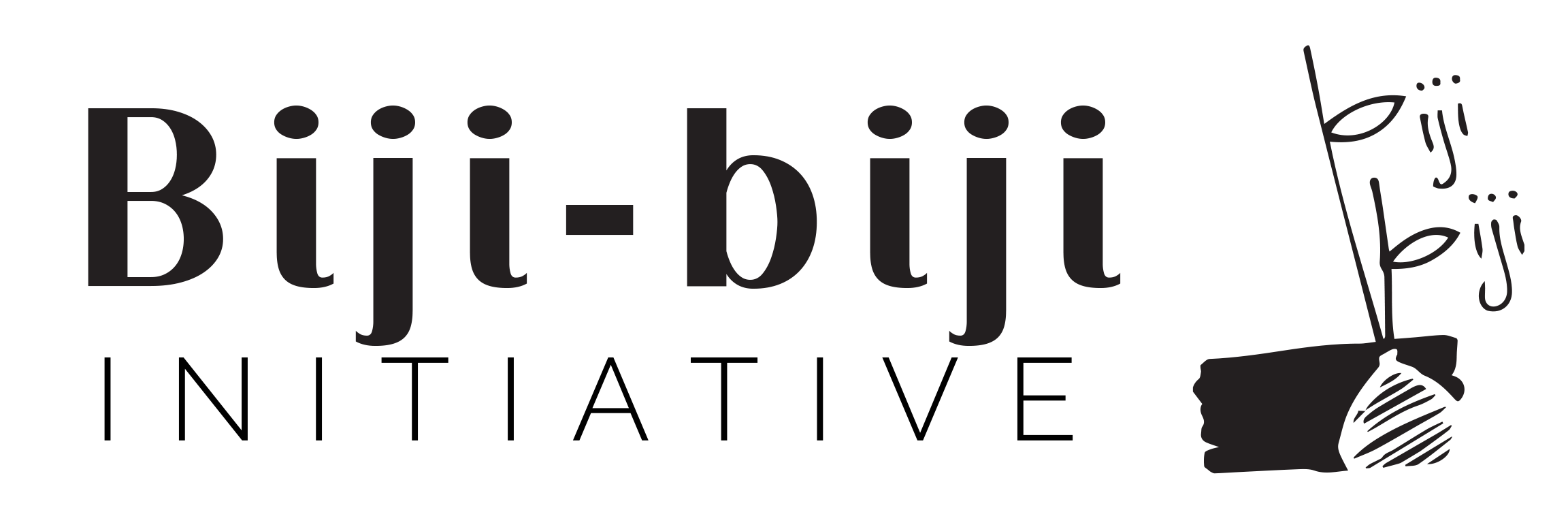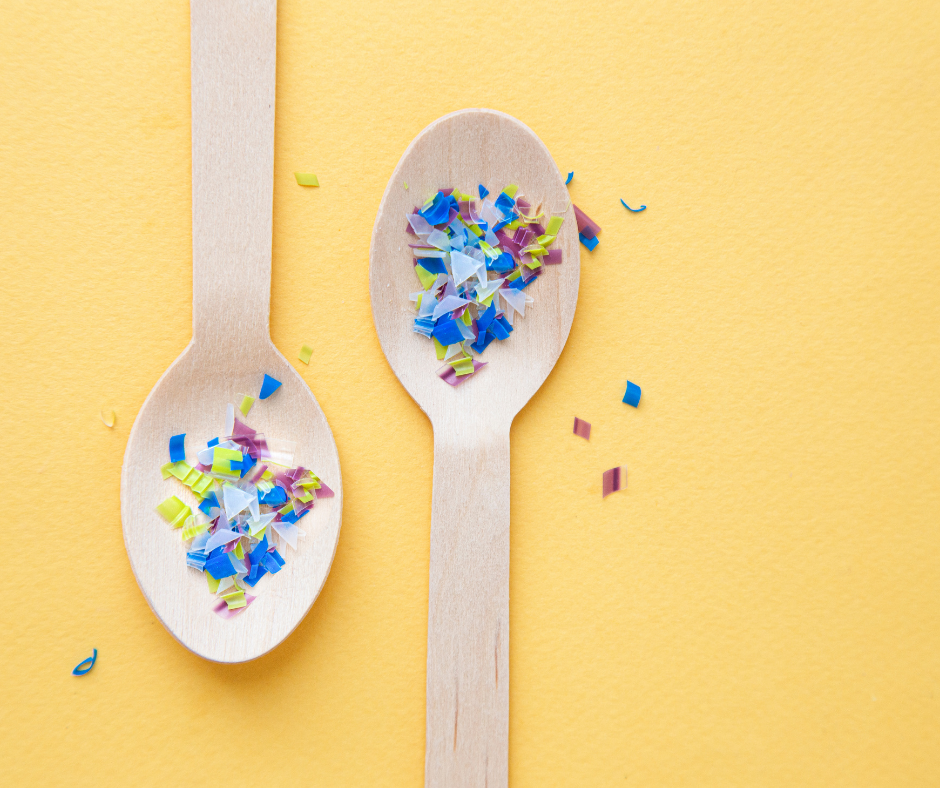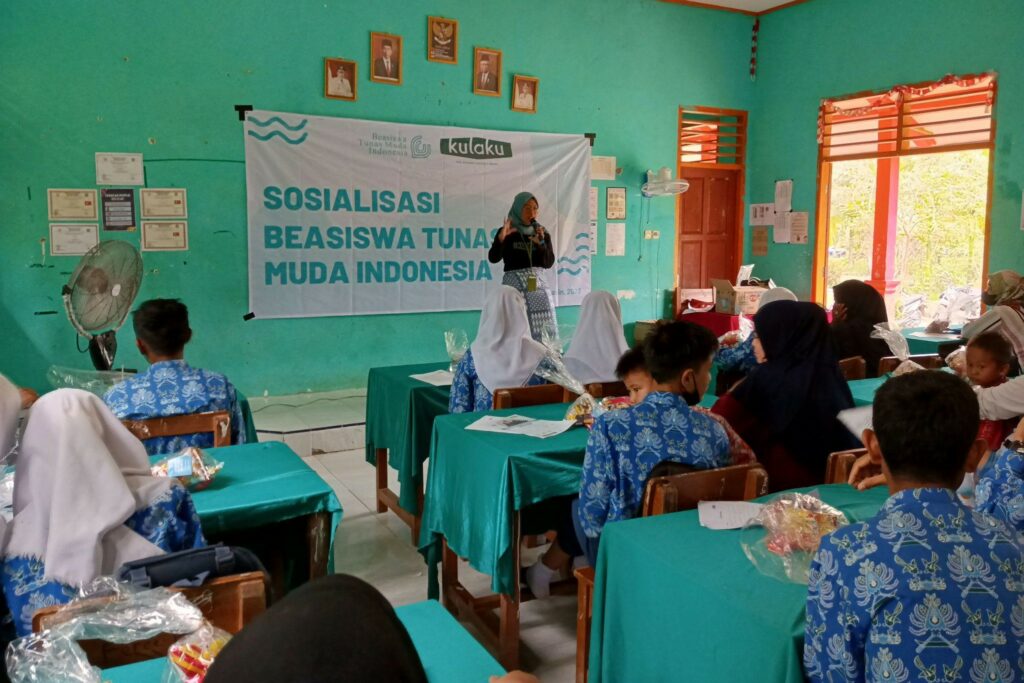You could be eating it right now.
Some items we see and use every day are unmistakably plastic. However, some are not as easy to spot.
There are some places where plastics hide!
To help with identifying several common items which actually may contain plastic, we’ve compiled this list.
Sea Salt
Yes, there is microplastic in your salt. Specifically, sea salt.
Microplastics are plastic particles with less than 5mm in size. These small plastic particles are a result of the breakdown of larger plastic pieces or from various industries or consumer products.
In particular, one product has been found to contain microplastic – sea salt.
A review of microplastic pollution in commercial salt for human consumption, published in 2019, revealed that microplastics were found in sea salts from 128 salt brands from 38 different regions, which spans over five continents.
This study also showed that relatively high microplastic content was found in sea salts produced in Asian countries – the highest quantities of microplastics were found in salt sold in Indonesia.
Moreover, 90% of the commercial salt samples contained microplastics with concentrations up to 19,800 particles.kg−1, which means that a typical adult salt consumer can potentially ingest 36,135particles.kg−1.
Salt is important to us in our daily food preparations and preservation. Continuous exposure to microplastics from salt may lead to negative health effects, but further studies need to be done to clarify this.
Teabags
When you steep a plastic tea bag at a brewing temperature of 95°C, chances are, you are releasing about 11.6 billion microplastics into the cup.
The study, led by Candian researcher and published in 2019 aimed to investigate whether plastic tea bags could release microplastic during a typical steeping process.
Teabags contain polypropylene, a type of plastic used to seal them and hold their shape.
Similar to salt, continuous and long-term ingestion of microplastic from teabags will potentially have negative impacts on human health.
The best way, of course, for us to avoid this is to purchase tea in loose leaves or in paper tea bags.
Disposable Wipes
Personal care products, such as wet wipes, are often a staple of our household cleaning products – for a good reason, too! They are easy to handle and use, and it can be conveniently be disposed of.
However, these products can be overlooked as a source of white microplastic fibres in our environment.
This is because a majority of our wipes are made with plastic.
Non-flushable wipes are manufactured from either polyethylene terephthalate (PET), polypropylene (PP) or a combination of PET and cellulose. The plastic incorporated in the wipes improves the durability of the wipes.
For a quick revision of the seven types of plastic, we have a handy guide for you here.
Thus, wipes with plastic incorporated are less susceptible to degradation but they are subject to fragmentation through sheer stress forces of mechanical mixing during a wastewater treatment process.
Since they do not degrade, they can only break into smaller pieces, releasing hundreds and thousands of microplastics into the environment.
Of course, this, in turn, affects marine life in the ocean. Eventually, as microplastic gets consumed by the aquatic organisms it travels up the food chain to reach us, as well.
Clothes
It may be difficult to imagine that plastic also exists in our clothes, but the truth is, a major source of plastic pollution in our oceans comes from washing our clothes.
Polyester, nylon, acrylic along with other synthetic fibres (different forms of plastic) now comprise about 60% of the material that makes up our clothes worldwide.
Synthetic fibres are favourable in making our clothes as they are more durable.
However, when we wash our clothes, synthetic fibres get released as they fail to get filtered inside the washing machines.
Thus, these fibres pass through our sewage treatment plants and enter other waterways, such as our rivers and the oceans. As per usual, this will affect aquatic life and systems, accumulating up in our food chain.
Of the different forms of plastic used to create our clothes, acrylic fabrics shed the most fibres, followed by polyester and a polyester and cotton blend.
Chewing Gum
Chewing gum has been around since ancient times – in the past, it was derived from tree saps. Nowadays, the base used for most gum products is a blend of synthetic materials, such as elastomers (for flexibility), resins (the main part being chewed), and waxes (which soften the gums).
Chewing gum also contains flavours, colours and sweeteners.
What we should also note is the fact that the gum base often contains polyethylene. Polyethylene is also used to make plastic bottles and plastic bags.
For those of us who chew gum on a regular basis – yes, in a way, we have been chewing on plastic.
A study commissioned by Iceland has revealed that 85% of Brits fail to realize that chewing gum actually contains plastic.
In response to the study as well as issues such as chewing gum staining the streets, Iceland launched Simply Gum, a biodegradable chewing gum made from tree sap called chicle.
Disposable Coffee Cups
One of the most confusing (the most confusing, ever) products to recycle is the disposable or takeaway coffee cups.
Here’s an article for you to explain why we think recycling is confusing.
This is mainly attributed to the fact that it has a mixture of paper and plastic in their inner lining, which is designed to make them both heat and leakproof.
The coffee cups are actually lined with polyethylene. To recycle it properly, it must be separated from the paper portion of the cup.
The difficulty in recycling these coffee cups is reflected in the low recycling rates of the product.
According to the Guardian, a 2017 report from the UK’s House of Commons Environmental Audit Committee found that only one in 400 cups end up being recycled, with the vast majority going straight to landfill.
Toothpaste
Oftentimes, primary sources of microplastic also originate from personal care and cosmetic products.
In a Malaysian study aiming to explore emissions of microplastics from the top ten personal care and cosmetic products identified, an estimated total of 0.199 trillion microplastics are emitted into the environment annually in Malaysia, through face cleansers, face scrubs, and toothpaste products.
So, in other words, yes – your toothpaste, along with face cleansers and scrubs, do contain plastic.
According to the study, plastic polymers (low-density polyethylene (LDPE) and polypropylene) were found in all facial cleaner/scrub samples while only plastic polymers (LDPE) were present in toothpaste (specifically, the sample G investigated).
The problem arises when these particles get washed off and enter our rivers, waterways, and oceans, eventually finding their way to us.
Plastics are everywhere
It’s rather disappointing to know that escaping from plastics is not as easy as it looks – they exist in places we do not see.
The most straightforward way of avoiding these products is, of course, to switch to alternative products that take extra consideration in making sure that the products are naturally biodegradable.
Here, it is also important to recognize that not everybody has the choice to make the switch to alternatives, which may come at a higher cost.
Ultimately, it’s a lot about doing the best we can within our means to reduce our footprint and to take care of our planet’s health (and our own).
Until significant changes take place to ban or phase out plastics to truly remove it from our lives, every little step and effort will count.




